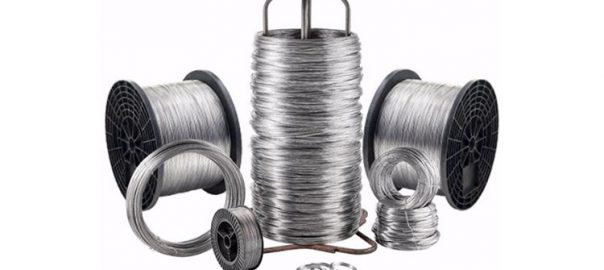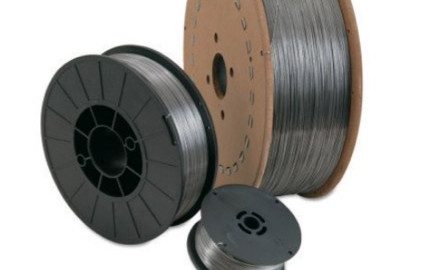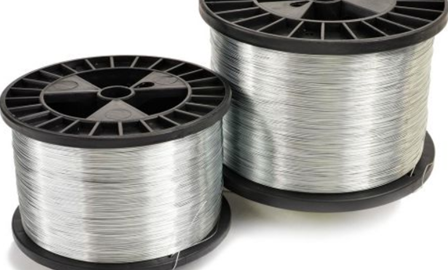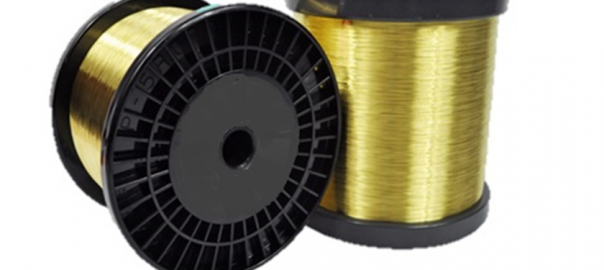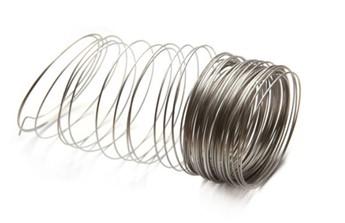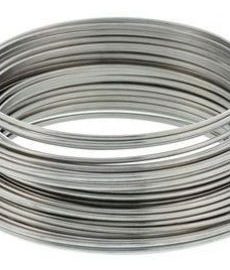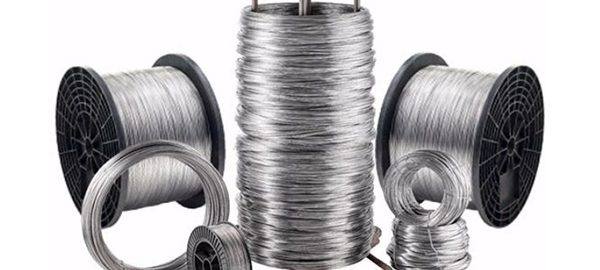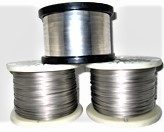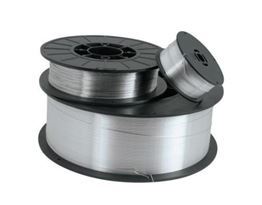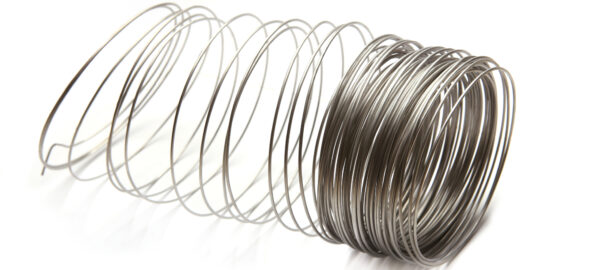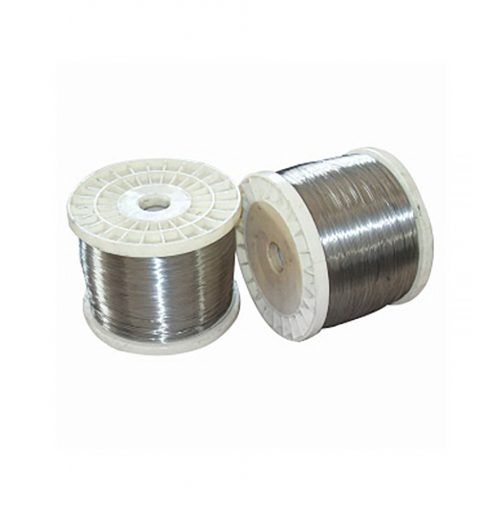

Inconel® Alloy 600 is a nickel-chromium alloy with excellent carburization and good oxidation resistance. The high nickel content of the material provides exceptional resistance to chloride stress corrosion cracking. Alloy 600 can operate from cryogenic temperatures to 700°F (370°C). Alloy 600 Oxide is heated to produce a dark gray or black color.
Bend this wire and it will stay in place. This nickel-chromium, often called Chromel C, provides effortless formability. Use it for heating elements, resistance windings, and hot-wire cutters.
Pure Nickel Chromium Wire is also commonly used in electrical heating elements, rheostats, and resistance units, while its excellent corrosion resistance properties lend itself to applications exposed to acids and other corrosive chemicals. They are also used in some dental refurbishments (fillings) and in other requests.
Oxidized Inconel 600 is a corrosion resistant alloy that has a special gray-blue finish for identification purposes to distinguish it from stainless steel and Monel. Use Oxidized Inconel for general lock wire at temperatures up to 900° F (482° C). Note: at temperatures between 800° – 900° F (427° – 482° C) the tensile can begin to decrease.
A safety lock wire is used to ensure proper security for a fastener. The wire needed is long enough to reach from a fixed location to a hole in the removable fastener, such as a pin — a clevis fastener, sometimes a linchpin or hitch-pin through a clevis yoke for instance — and the wire pulled back upon itself, parallel to its other end, then twisted, a single end inserted through a fastener, and twisted again, possibly then anchored to a second fastener or other part, then twisted once again, having excess slack pulled relatively taut to be secure.
The two ends of the wire-loop thus formed are joined by twisting them together with a tool, using enough twists to be secure, then released from the twisting tool. The removable fastener — possibly a nut, wing nut, turnbuckle, a bolt or a pin similar to a bolt — having a hole through a part of it that will remain accessible when it is fastened in place will be secured with the wire passing through it. When finished, any excess length of wire would be cut off with a pair of wire cutters, such as pliers that may, also, be the twisting tool. If the fastener part to be secured does not come with a hole for the safety wire, one may need to be drilled.




